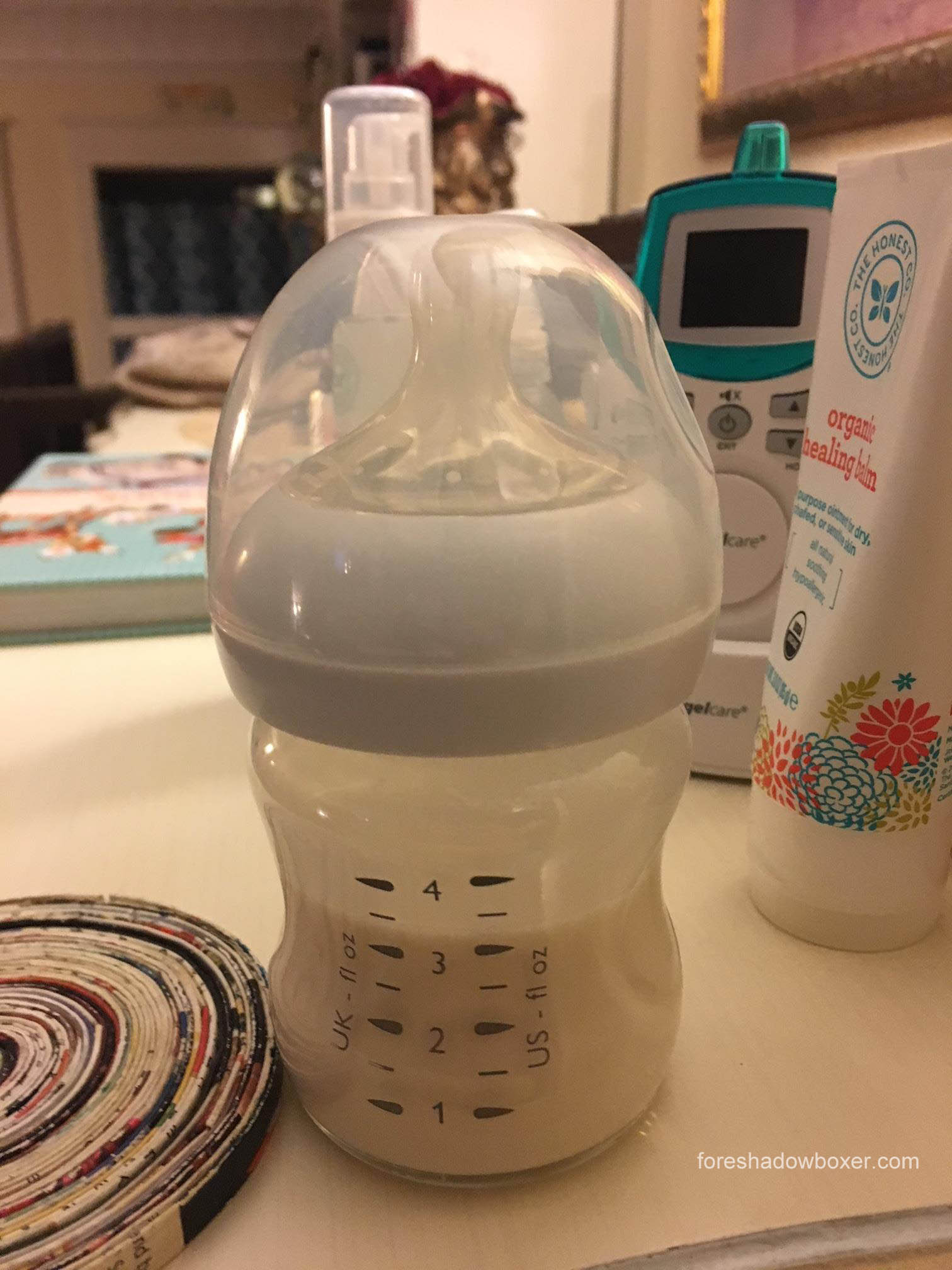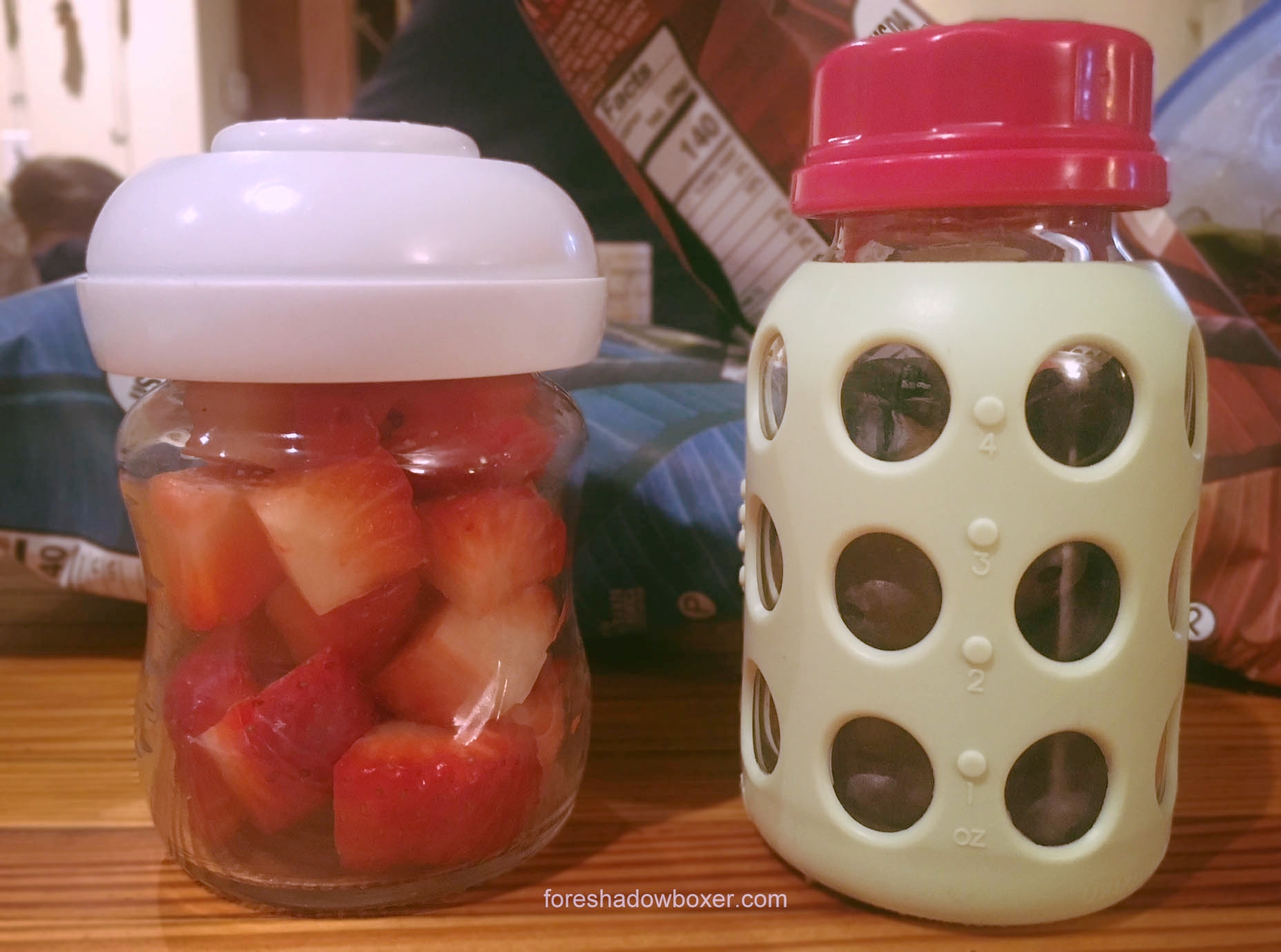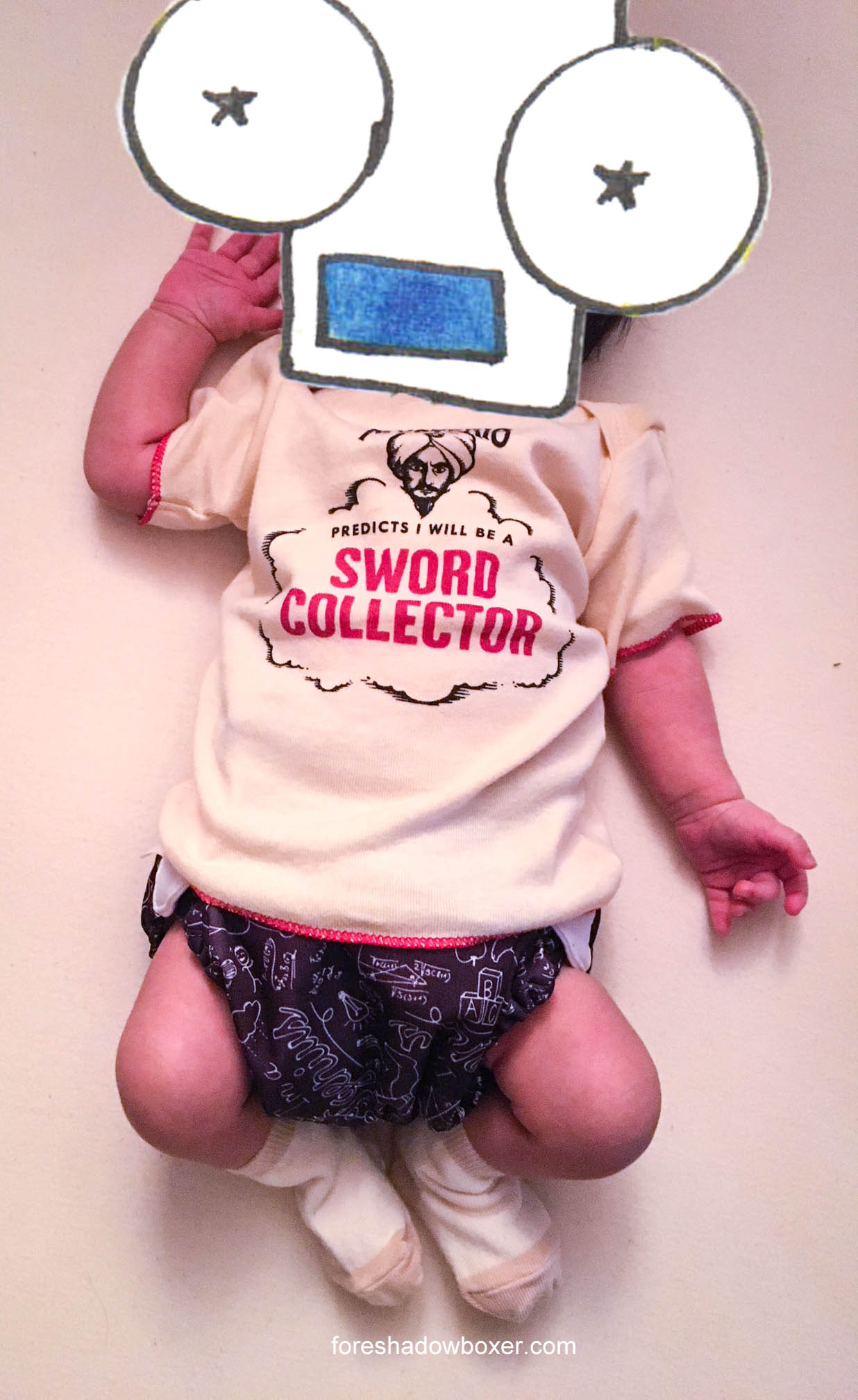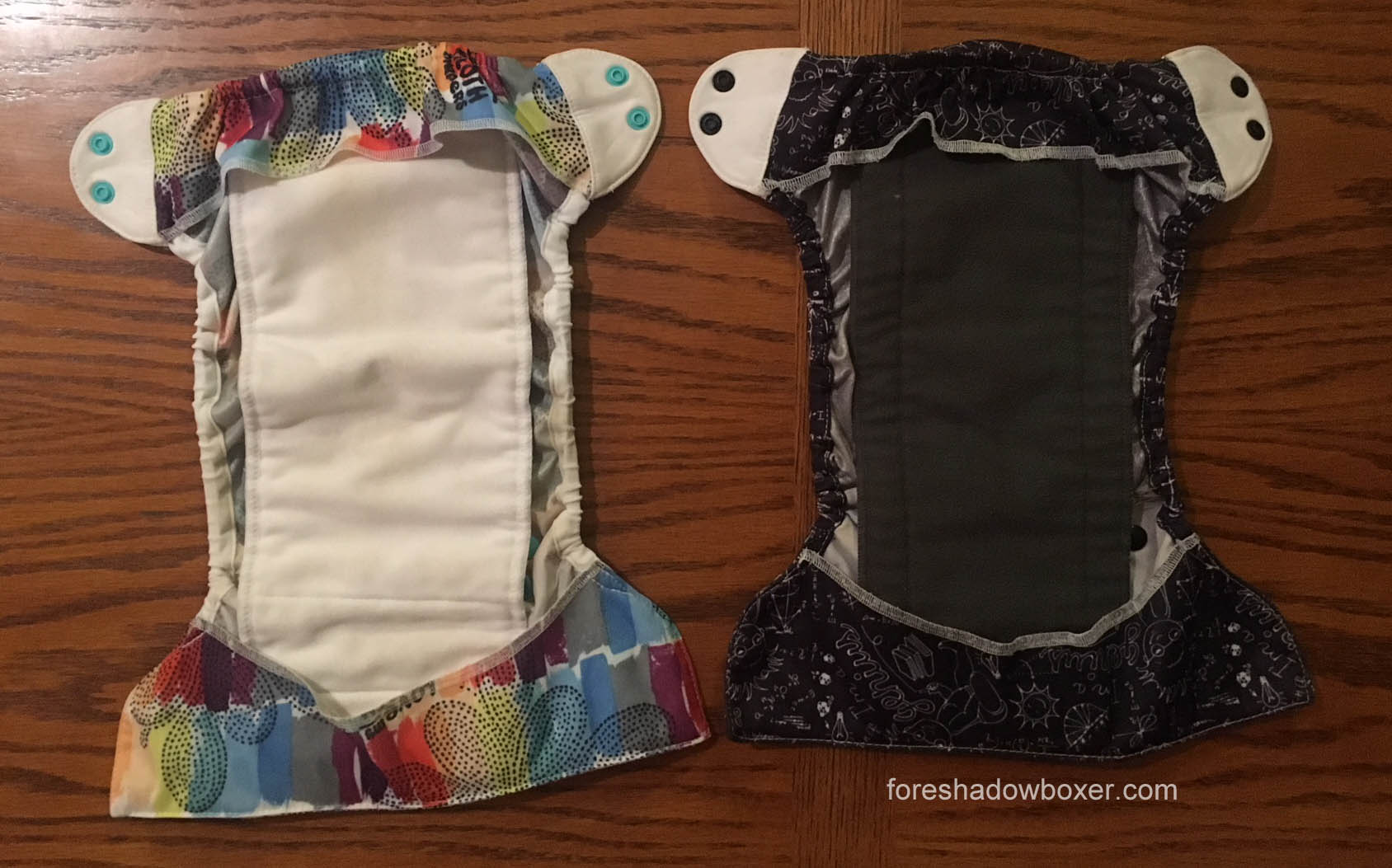I'm convinced the sign of a good book, for a toddler, is anything they grab off of the shelf and "read" to themselves (as seen here).
Let’s be honest: many “board books” are really just “bored books.” They often teach valuable lessons, but they don’t always do so in a way that engages the child and the parent. The new “Wee Beasties” books from Ame Dyckman (writer) and Alex G. Griffiths (illustrator) are a wonderful (and welcome) exception.
There are two books in the series thus far: “Roary the Lion Roars Too Loud” and “Huggy the Python Hugs Too Hard.” Each book is as delightful as the previous, with both exploring concepts in social etiquette. In “Roary,” a baby lion learns how to control the volume of his voice, whereas “Huggy the Python” learns how to hug just right. Both involve audience interaction and challenge the child reader to help the protagonist in their quest.
These books are charmingly illustrated, and my daughter laughs right along with us at the funny bits (there are a few). Highly recommended for 2-5 year olds, particularly those who need a little help understanding concepts like using their inside voice (Roary) or gentle touches (Huggy). I'm hoping we'll see more from this series in the months ahead.












